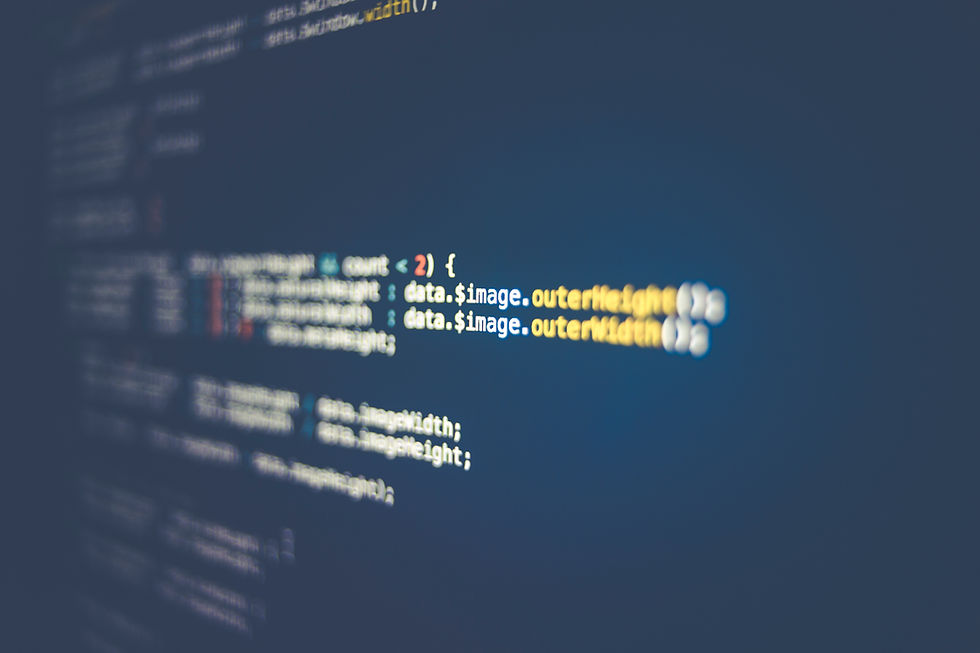- Emre tüfekcioğlu
- 22 Haz
- 3 dakikada okunur

In a world that’s constantly changing, learning is no longer a luxury — it’s a survival skill. Whether you’re trying to master a new language, adapt to a new job, or keep up with fast-moving technology, your ability to learn quickly and effectively determines how far you can go. But here's the twist: most of us were never actually taught how to learn.
Sure, we spent years in school memorizing facts, sitting through lectures, and cramming for exams. But no one really explained how our brain processes information, how to retain it long-term, or how to make learning enjoyable. That’s where learning how to learn comes in — and it might just be the most underrated superpower you can develop.
What Does “Learning How to Learn” Mean?
At its core, learning how to learn is the skill of becoming aware of your own learning process — also known as metacognition. It means understanding:
How your brain absorbs information
Why you forget things
And what techniques actually make knowledge stick
It’s about becoming an active participant in your own learning, rather than passively absorbing information and hoping it stays.
Step One: Know Thyself
Not everyone learns the same way. Some people are visual learners — they need to see diagrams or mind maps. Others are auditory learners who thrive on podcasts or lectures. Some need to write things down, walk around, or teach the topic to someone else.
Ask yourself:
When do I feel most mentally alert?
What kind of environments help me focus?
Do I learn best through repetition, or through discovery?
Knowing your learning style can save you hours of frustration — and turn learning into a more natural, enjoyable experience.
Techniques That Actually Work
Let’s look at a few science-backed strategies that can dramatically improve how you learn:
1. The Feynman Technique
Explain the concept as if you're teaching it to a 12-year-old. If you can simplify it, you truly understand it.
2. Spaced Repetition
Instead of cramming, review the material over increasing intervals of time. It’s one of the most effective ways to beat the forgetting curve.
3. Interleaving
Rather than studying one topic repeatedly, switch between related topics. This strengthens connections and helps with long-term retention.
4. Active Recall
Test yourself regularly. Don’t just reread notes — close the book and try to remember. The struggle to recall helps cement the memory.
5. Pomodoro Technique
Study in focused 25-minute blocks with short breaks. It helps maintain concentration and reduces fatigue.
Forgetting Is Normal — But Preventable
Our brains are wired to forget what we don’t use. It’s not a flaw; it’s a feature to make room for new information. But by using tools like spaced repetition, active recall, and consistent practice, we can train our memory to hold on to what matters.
A Mindset Shift: Lifelong Learning
We often think of learning as something we do in school. But in reality, the world’s most successful people are lifelong learners. They read, explore, take courses, fail forward, and stay curious.
In today’s world, knowledge gets outdated fast. That programming language, that social media trend, that job skill — it might not be around in five years. But your ability to learn something new? That will always be relevant.
How to Get Started Today
You don’t need a masterclass or a 10-week bootcamp. You can start learning how to learn today by:
Picking one topic you’re curious about
Exploring it through different formats (videos, books, podcasts)
Applying one or two of the techniques above
Reflecting on what worked — and what didn’t
Learning how to learn is a process, not a destination. And the more you practice it, the better you get — at everything.
Final Thoughts
“Once you learn how to learn, you can learn anything.” – Richard Feynman
In a world full of noise, distractions, and change, the ability to learn deliberately gives you a calm kind of power. It’s not about being the smartest — it’s about being the most adaptable.
So, what will you learn next?
